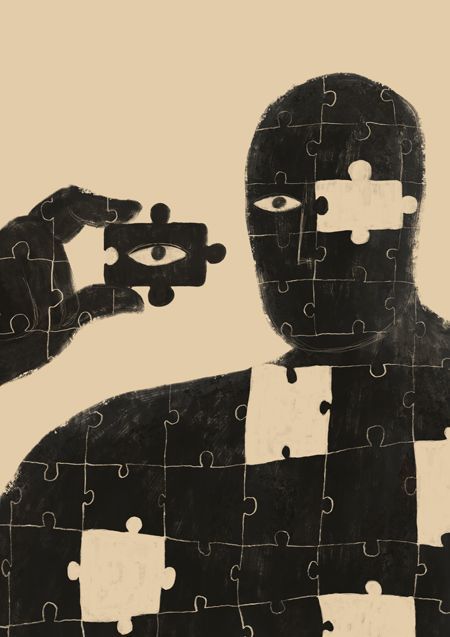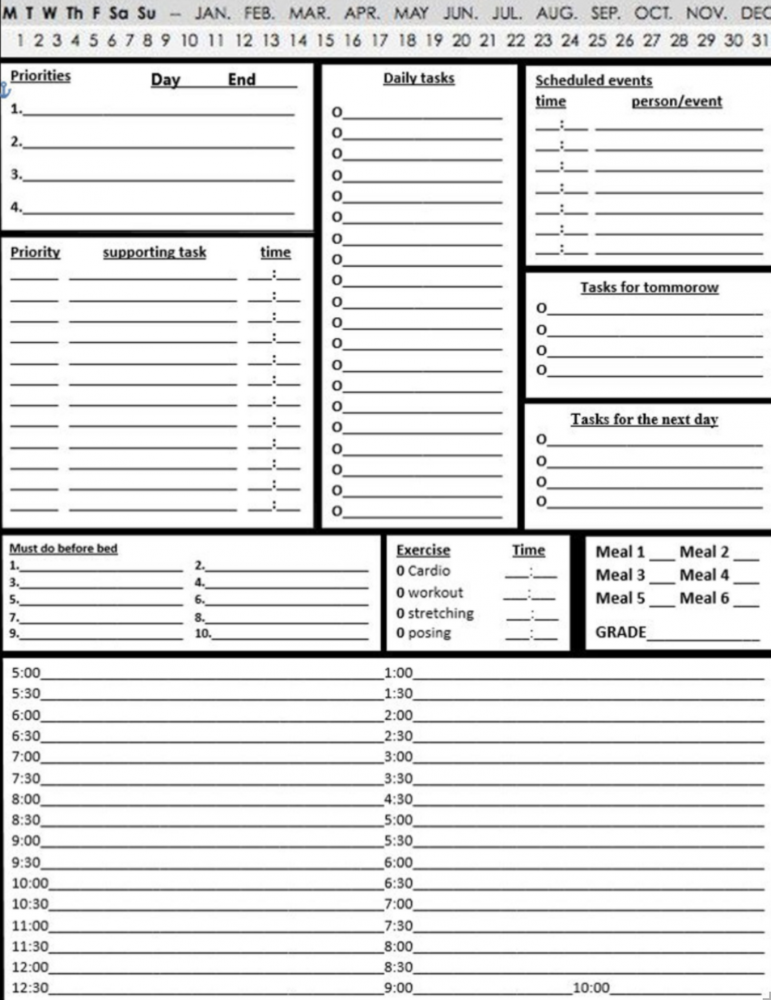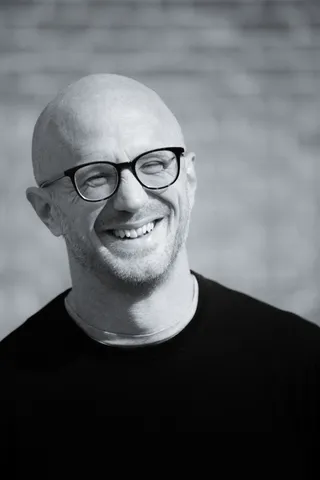Wayfinding

This post originally appeared on the “Better Questions” email list. If you’d like to get one email like this a week, please sign up at BetterQuestionsEmail.com. Thanks!
——
Hi ,
We’re getting very close to 5,000 active subscribers here at Better Questions!
I can’t tell you how much I appreciate you being here. It means a lot.
When we hit 5k I’ll do something – not sure what.
Maybe a weekly YouTube video?
A weekly links roundup?
If you’ve got an idea for something that would make the list better, hit reply to this email and let me know.
Let’s get to it!
Should I stop planning, and start Wayfinding?
If the “productivity industry” has a slogan, it’s this:
If you fail to plan, you must plan to fail.
As our lives become more complex, the demands placed on us more varied and erratic, the “plan” becomes our savior. “If I can just write everything down and slot everything into the appropriate time slow, I’ll be able to get everything done without this crushing anxiety.”
Of course, complex lives and complex demands require complex plans. If you’ve tried to make a plan in the past and failed, it’s because you didn’t plan correctly. This has led directly to the rise of the reemergence of the “Structured Planner” industry.
I used to linger in office supply stores, flipping through the pages of DayTimer and Franklin-Covey planners and fantasizing about how productive I would be if I only had the right system. Now, I’m targeted by companies like BestSelf.co and Full Focus Planner and “The New Mindset Journal” via Instagram ads, promising greater clarity, greater motivation, and greater focus…if you only buy their planner.
All of these products promise to apply the rigidity and structure of the factory floor to the chaos of your personal life. They promise the luxury of a predictable world – a world you can plan for. They appear as nothing less than timecards for life, supplying the illusion that all you have to do is punch in, zone out, and collect your paycheck at the end of the week.

I certainly don’t begrudge anyone a complicated planner. I am an absolute sucker for them, myself – I’ve tried them all.
I don’t tend to use them for very long, however.
Why?
Because, as Mike Tyson once put it:
Everyone has a plan until they get punched in the face.
Reality is not amenable to planning. Reality is complex, volatile, unpredictable. It is VERY unlikely that your plan will ever match reality, no matter how many boxes you fill out.
Planning does, in fact, work extremely well in stable situations that we understand. If you know how a system works – how it’s elements interact – then it’s predictable, and planning makes sense.
In situations of complexity, however, plans are quickly made obsolete, inaccurate or disastrous.
So – what do we do about it? Throw up our hands and let chaos sweep us away?
No.
Instead of planning, we use wayfinding.
Wayfinding is simply that – a method for finding your way. In fact, to call it a “method” may be pushing it – it’s more like proprioception, our awareness of our bodies in physical space.
Imagine you are crossing a stream.
The water is shallow enough for you to walk across, but it’s deep enough that you can’t exactly make out the rocks below the surface.
How do you make it across?
If you just run across you’re going to break an ankle or worse.
If you sit on the edge of the bank, research the location of every rock, commit it to memory, and then draw up a map of the “perfect” route…well, you’re going to be there a while. The rocks may even move while you work, rendering your map useless.
None of us, in this situation, would do either of these.
Instead, we’d start at an entry point that appeared safe, then reach out a foot and feel around for a rock to stand on.
We’d test how stable the rock was by putting a little weight on it and feeling for a wobble. We’d sense how slippery it was before fully committing. When we felt comfortable, we’d commit and put our full weight onto the rock. Then we’d catch our balance, re-assess, and start feeling around for the next rock.
We know where we’re headed – towards the other bank. But we don’t expect to make a beeline for it. Instead, we make some lateral moves here and there, always doing our best to head in the right direction.
Slowly but surely, we’d make it across, no advanced planning necessary.
Simple, intuitive, straight forward – a process that anyone could use.
This is the beauty of wayfinding: it accepts and works with the inherent unpredictability of life.
We are fully in the moment, embodied, attuned to our senses, alive to all the texture and profound depth of the world around us. In this state – fully in our own context, fully alive – we find ourselves effortlessly navigating an environment we could never have planned for.
Most of the time, this is what our lives are like: far too complex to plan. But giving up on planning doesn’t mean we don’t choose a direction in life, or exercise our judgement, or make choices. Instead, wayfinding teaches us to keep our eyes on the opposite shore…
…But to accept that all we can really do is choose between the options that are in front of us.
Yours,
Dan
Cool Stuff To Read:
Since only last week I was discussing my about-face on the Coronavirus Lab Leak Theory…
Here’s an excellent article in the New Yorker about that exact thing.
I’m always surprised whenever my own thoughts turn out to be part of the larger zeitgeist, which is strange, since we’re ALWAYS part of the zeitgeist.
Better Questions Newsletter
Join the newsletter to receive the latest updates in your inbox.
